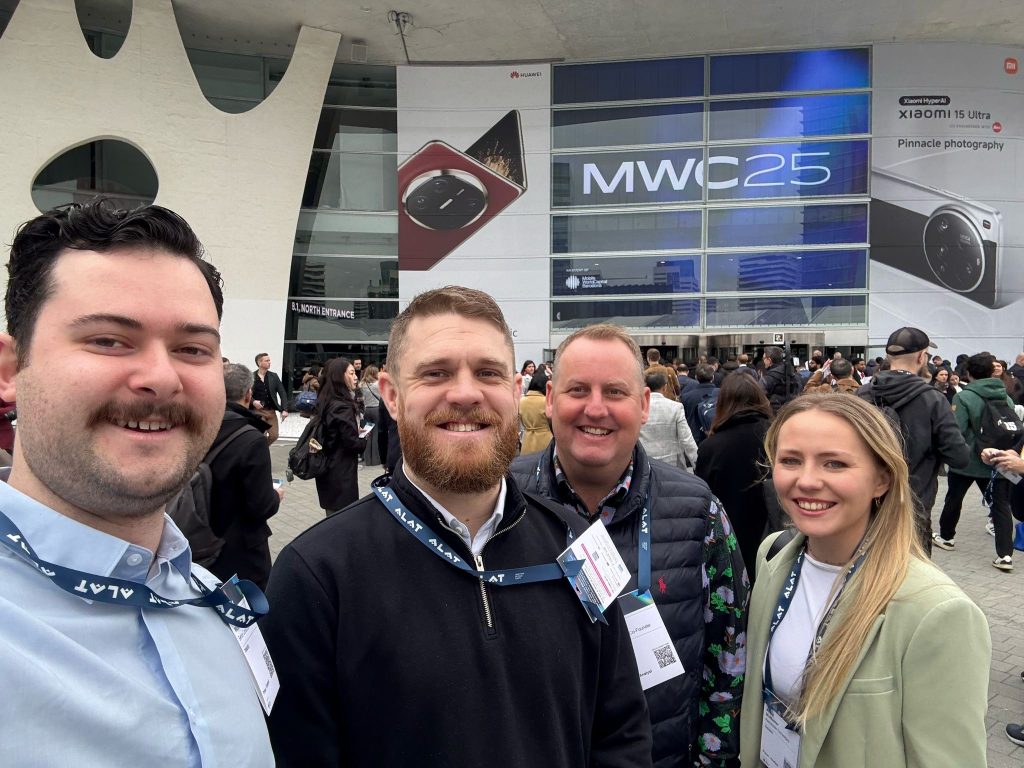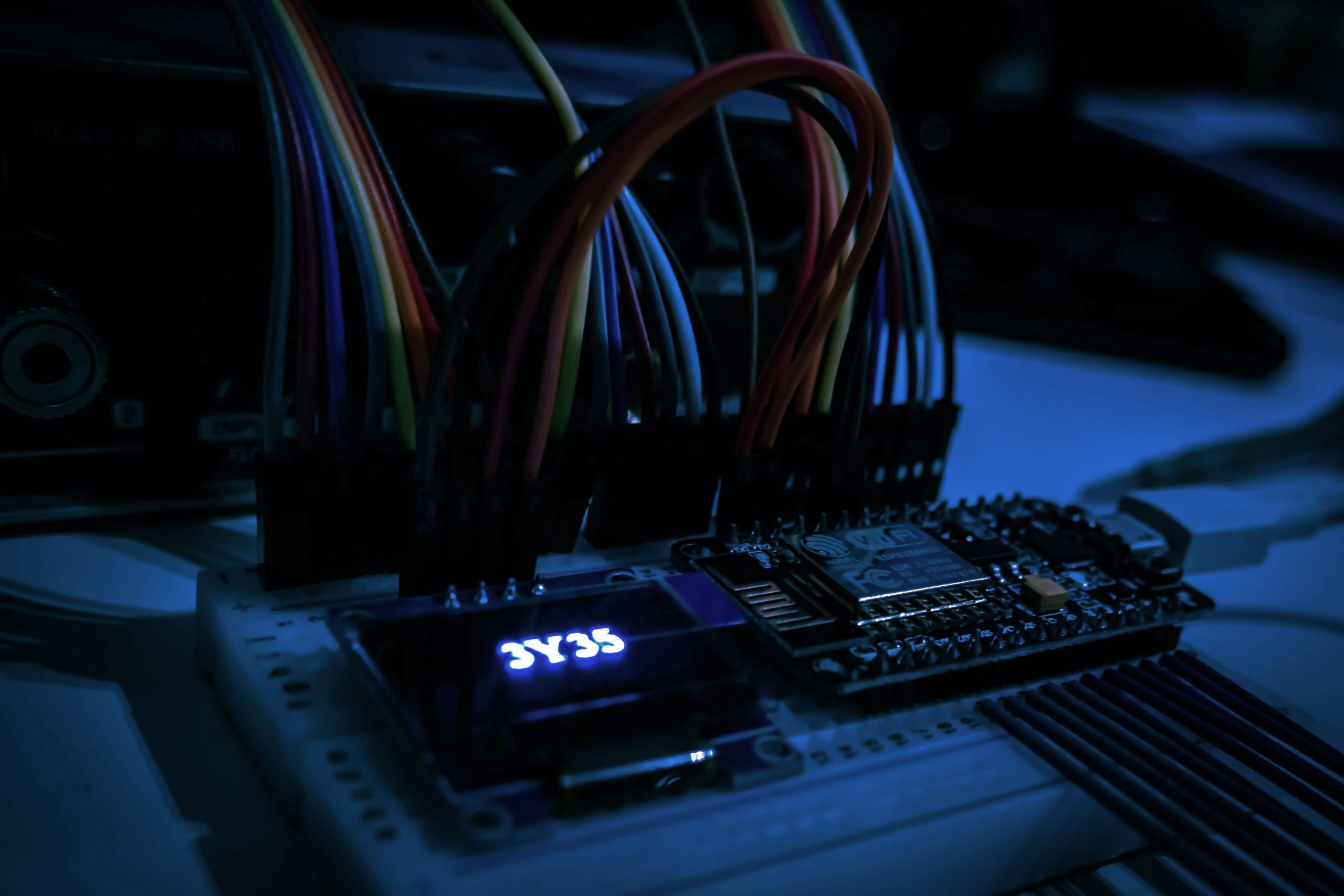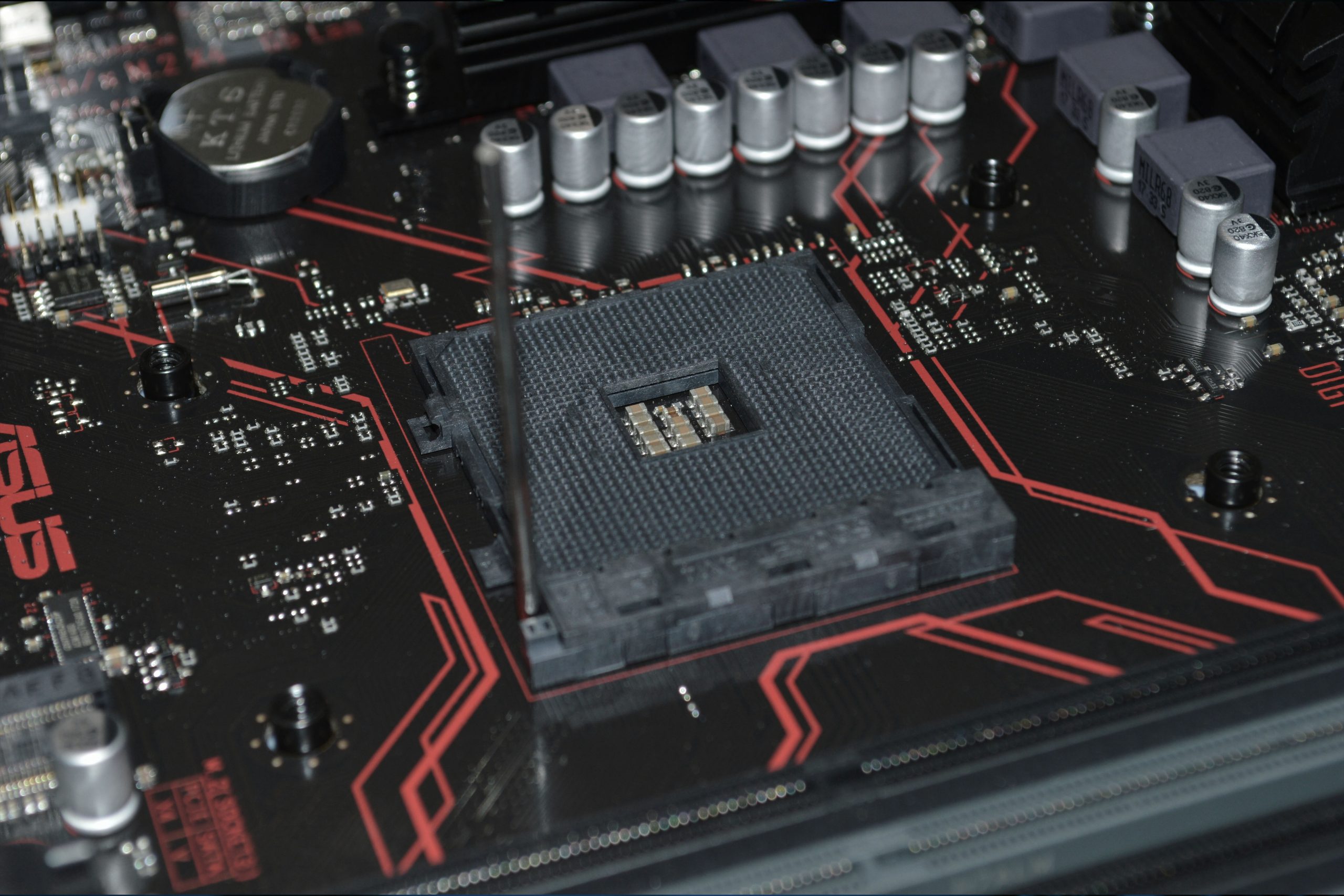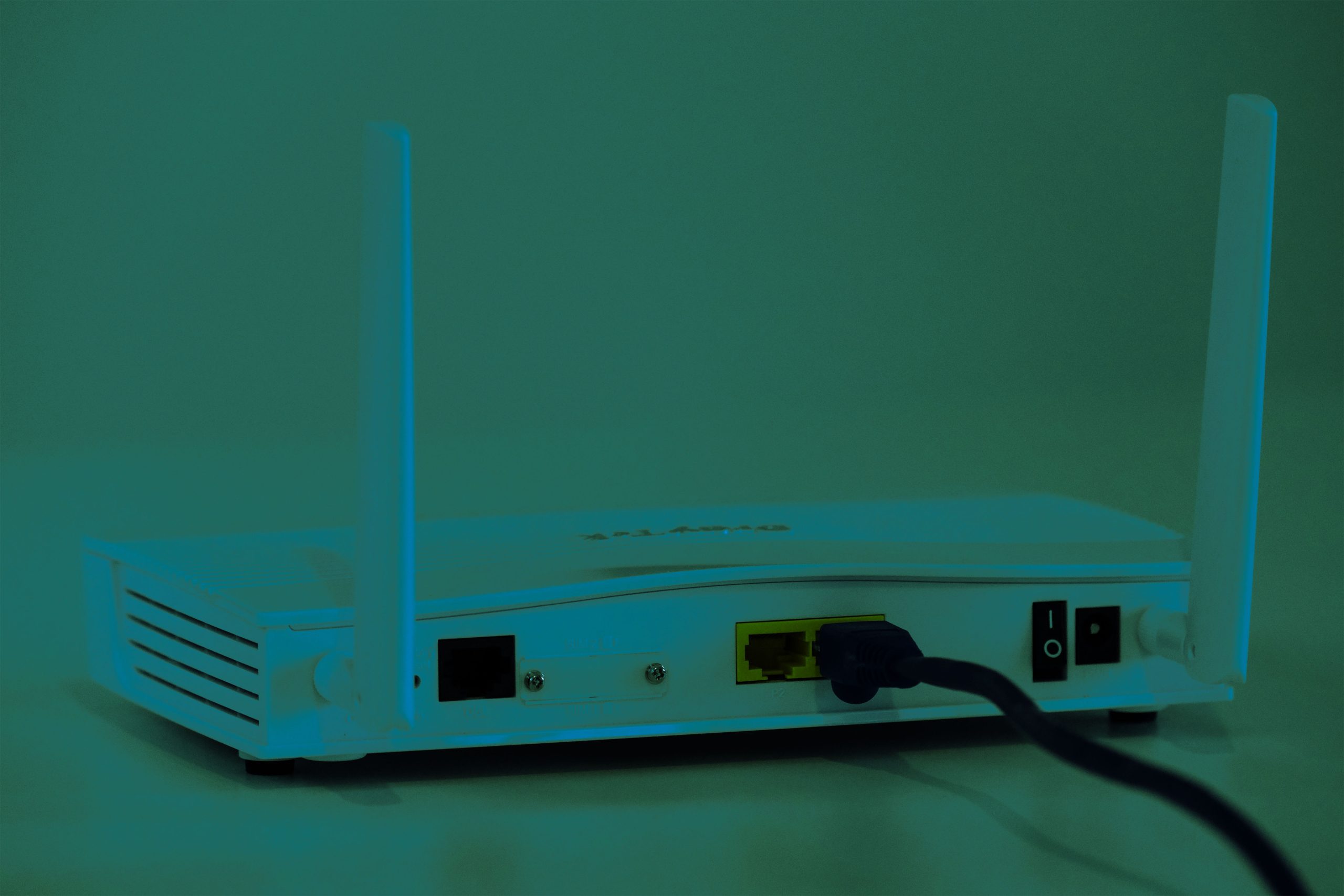MWC 2025 showcased the transformative impact of 5G, IoT, and AI on enterprise connectivity, highlighting how Mobile Network Operators (MNOs) are accelerating 5G deployment to drive innovation across industries like manufacturing, healthcare, and smart cities. Discussions emphasised the role of standalone 5G, private networks, and network slicing in delivering ultra-reliable, low-latency connectivity tailored to enterprise needs.
Meanwhile, eSIM technology has reached a new level of maturity in IoT, enabling seamless global connectivity and simplifying device management. AI is also revolutionising telecom by optimising network performance, automating operations, and enhancing customer experiences. With significant investments in these technologies, 2025 promises to be a pivotal year for connectivity and digital transformation.
5G: MNOs Drive Deployment to Power Enterprise Innovation
By Alistair
As enterprises increasingly rely on advanced connectivity for digital transformation, MNOs are accelerating their 5G deployments to meet rising demand. Beyond consumer applications, 5G is becoming a critical enabler for industries such as manufacturing, healthcare, logistics, and smart cities.
MNOs are investing heavily in standalone (SA) 5G networks, private 5G solutions, and network slicing to deliver ultra-reliable, low-latency connectivity tailored to enterprise needs. These advancements unlock new possibilities, from real-time automation in factories to enhanced security in remote operations and seamless IoT integration.
By collaborating with cloud providers, system integrators, and enterprise partners, MNOs are positioning 5G as the foundation for the next generation of business applications. As deployments expand, enterprises can expect greater flexibility, improved network performance, and new revenue-generating opportunities powered by 5G connectivity.
IoT & eSIM: A Seamless Future for Connectivity
By Abbie
eSIM technology is rapidly transforming the IoT landscape, driving unprecedented growth in connected devices across industries. As IoT adoption reaches new heights, the flexibility and scalability of eSIM are proving essential for seamless global deployments, reducing logistical challenges, and enabling dynamic network switching.
From smart cities to industrial automation, eSIM is unlocking new possibilities by simplifying device management and enhancing security. The ability to provision and update connectivity remotely is a game-changer for enterprises, ensuring resilience and adaptability in an increasingly digital world.
With major players expanding eSIM capabilities and infrastructure, 2025 is set to be a defining year for IoT connectivity. As networks evolve and integration deepens, the future of a truly interconnected ecosystem is closer than ever.
AI: The Catalyst for Intelligent Connectivity
By Laurie
It’s impossible to ignore the impact of artificial intelligence on the telecom industry. As networks become more complex and data volumes skyrocket, AI is proving to be a game-changer in optimising performance, automating operations, and enhancing customer experiences.
While AI buzz can sometimes feel excessive, its real-world applications in predictive maintenance, energy efficiency, and autonomous network management are driving tangible benefits. Combined with 5G and IoT, AI is shaping the future of intelligent connectivity, making networks more adaptive, resilient, and efficient.
With key industry players investing heavily in AI-driven solutions, it will be exciting to watch how these advancements unfold and reshape the industry.
Responsible Hiring: The Human Side of Connectivity
By Tom
As the technology landscape evolves, the importance of responsible hiring cannot be overstated. The messaging from MWC was clear—businesses are hiring with a keener eye on return on investment rather than growing headcount for the sake of growth. This more strategic and responsible approach to hiring is refreshing and aligns with the partnership-driven recruitment model that neuco champions.
Companies that invest in building diverse and skilled teams will be best positioned to drive innovation, improve decision-making, and foster long-term growth. As the industry moves towards automation and AI-powered solutions, balancing technological progress with responsible hiring practices will be key to sustainable success.
Final Thoughts
As we move deeper into 2025, these advancements will continue to reshape connectivity, bringing new opportunities for businesses and consumers. If MWC is anything to go by, the future is truly connected.















